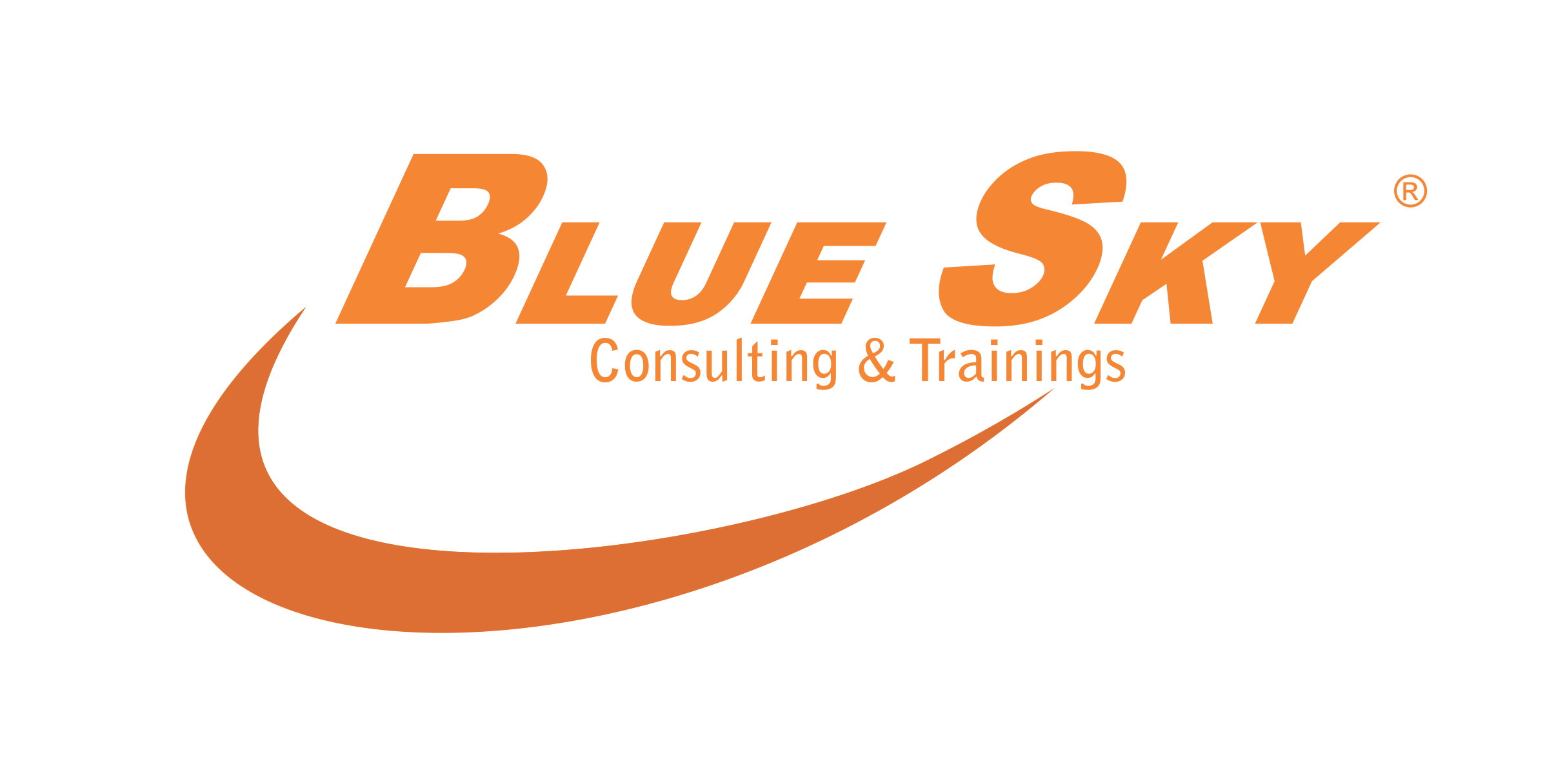CMMI Level 3 4 5 Certification
Blue Sky is most promising brand in providing CMMI Level 3 Certification Consultants Vadodara. Organizations searching for CMMI Level 4 Certification Training Gujarat, CMMI Level 5 Certification Training Gujarat, CMMI Level 3 4 5 Training and Service providers in ahmedabad, in Gujarat & in india.
CMMI 2.0 Model
Focus of a CMMI Model is on improving processes in an organization. Model contains necessary components of an effective process and narrates an evolutionary improvement path from ad hoc, immature processes to disciplined, mature processes with improved quality and effectiveness.
CMMI levels are indicating maturity level of the organization based on compliance of the processes employed with CMMI practices listed in the CMMI 2.0 Model.
CMMI 2.0 Version contains requirements for organisations working in product development & service domain.
1) Development Requirements – Applicable to organizations who are in the business of development/manufacturing of softwares and hardwares ( equipments ).
2) Service Requirements – Applicable to organizations who are in the business of providing various services including IT related services and other various kind of services.
As CMMI Maturity levels are increasing, Risk of the failure of the process/product, defects, client complaints are decreasing and project / operating cost is getting optimized. As CMMI maturity level increases, organizations capability to predict the operations based on available data increases. Organization’s capability to forecast the operations becomes data driven and more realistic
CMMI 2.0 Model Improvement Categories
CMMI 2.0 model focuses on process improvement through 4 categories
- Doing
- Managing
- Enabling
- each Improving
Further each Category has a particular set of capability areas in them.
- Category Doing Contains Capability areas like
- Delivering & Managing Services
- Engineering & Development of products
- Ensuring Quality
- Selecting & Managing Suppliers
- Category Managing Contains Capability areas like
- Managing Business Resilience
- Managing the Work Force
- Planning & Managing Work
- Category Enabling Contains Capability area
- Supporting Implementation
- Category Improving Contains Capability areas like
- Improving Performance
- Sustaining Habit & Persistence
Each capability area further has practice areas in it.
CMMI 2.0 Model involves 25 Practice areas. Applicability of Practice areas depends on Domain of organisation – Development / Service.
VARIOUS CMMI Maturity Levels
CMMI level 2 – Processes are at initial level. They are mostly project focused.
CMMI Level 3 – Processes are defined. They are extended to organisational level from project level.
CMMI level 4 – Processes are measured based on factual data. This measurement helps in Quantification of performance of process.
CMMI level 5 – Based on measurement of processes at level 4, this level specifies requirement for bringing process performance at their optimum level.
1. CMMI Maturity Level 1 – Initial Level
Maturity level 1 organizations are basically at a stage where
– They could not judge the commitment to be given to customers regarding Quality and Delivery
– They may or may not be able to satisfy an order.
– It is not guranteed that once the order is satisfied, if same order gets repeated, organization will be able to repeat the order satisfaction.
In nut shell, the processes are at ad-hoc stage.
2. CMMI Maturity Level 2 – Managed Level
Maturity level 2 organizations are basically at a stage where
– Basic policies are established
– Peoples employed are skilled
– Monitoring and controlling mechanism is Implemented.
However the implementation remains at order/project level but not at organization level
3. CMMI Maturity Level 3 – Defined Level
Maturity level 3 organizations are basically at a stage where
– Organization wide policies and procedures are established.
– Similar policies / procedures are being followed to satisfy each project/order.
4. CMMI Maturity Level 4 – Quantitatively Managed Level
Maturity level 4 organizations are basically at a stage where
– The organization and projects are having Quantified objectives for quality and process performance and use them as criteria in managing projects. Objectives are established based on Customer needs, End user needs, and future goals and expectations of the Management. Statistical techniques are used for measurement of objectives.
5. CMMI Maturity Level 5 – Optimizing Level
Maturity level 5 organizations are basically at a stage where
– Organization Continually improves process performance through incremental and innovative process and technological improvements.
– The organization’s quality and process performance objectives are established, continually revised to reflect changing business objectives and organizational performance, and used as criteria in managing process improvement.
CMMI 2.0 Model practice areas
CMMI Version 2.0 Model specifies following practice areas.
- Causal Analysis & Resolution
- Configuration Management
- Continuity
- Decision Analysis and Resolution
- Enabling Virtual Solutions and Delivery
- Estimating
- Governance
- Implementation Infrastructure
- Incident Resolution and Prevention
- Managing Performance and Measurement
- Monitor and Control
- Organizational Trainings
- Peer Reviews
- Planning
- Process Asset Development
- Process Management
- Process Quality Assurance
- Product Integration
- Requirements Development and Management
- Risk and Opportunity Management
- Service Delivery Management
- Strategic Service Management
- Supplier Agreement Management
- Technical Solution
- Verification and Validation
